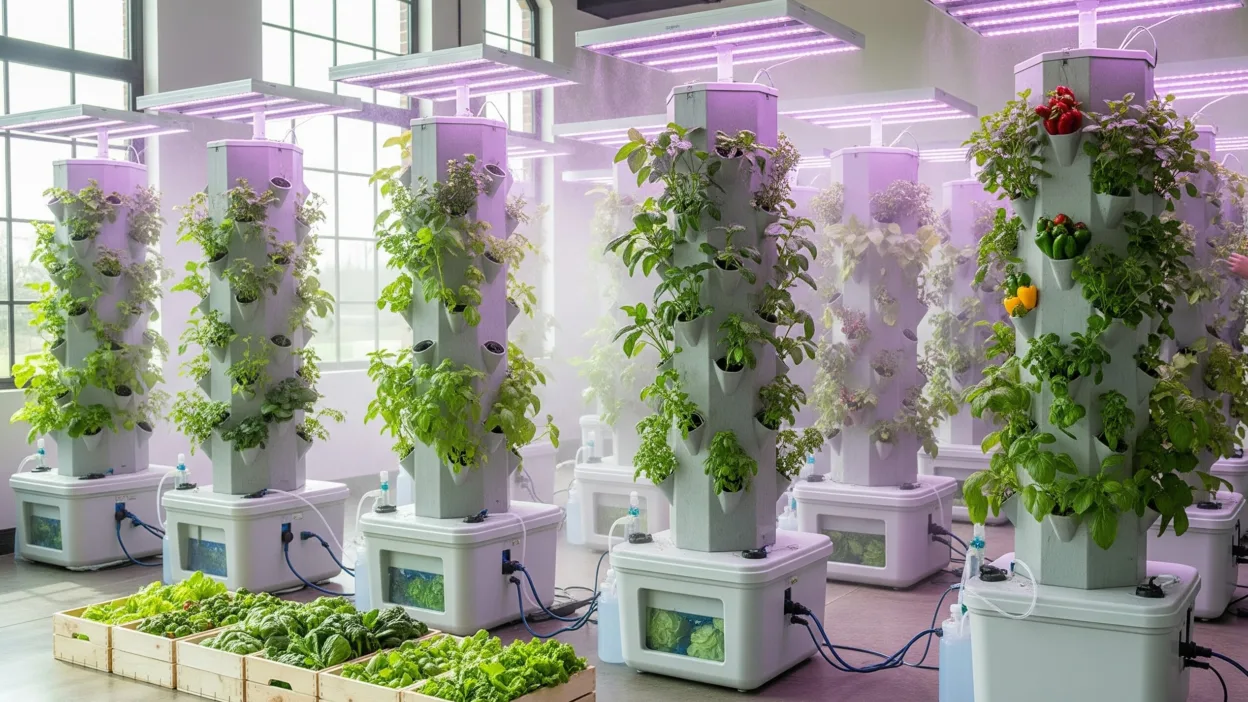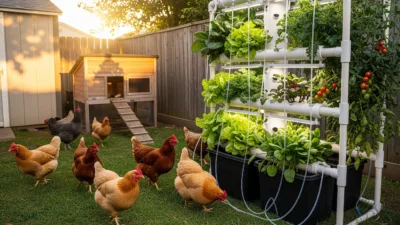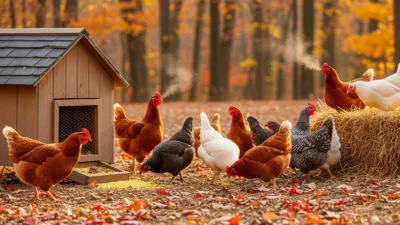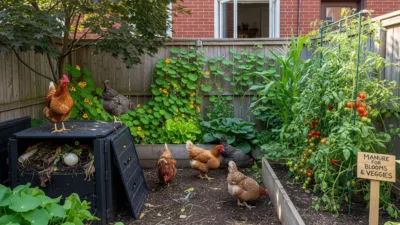As urban populations grow and arable land shrinks, farmers and innovators are searching for sustainable ways to produce food. One solution gaining rapid popularity in the United States and globally is aeroponic tower farming systems. These vertical, soil-free growing methods are transforming agriculture by maximizing yield, conserving water, and producing fresh food right where it is needed.
In this guide, we’ll break down what aeroponic tower farming is, how it works, why it matters, and what crops you can grow profitably. Whether you’re a home gardener, an urban farmer, or an investor exploring modern agriculture, this comprehensive guide will walk you through the essentials.
What Is Aeroponic Tower Farming?
Aeroponics is a soil-less farming technique where plants are grown with their roots suspended in air and regularly misted with a nutrient-rich water solution. Unlike hydroponics (where roots sit in water), aeroponics delivers nutrients as a fine spray, providing plants with higher oxygen levels and faster growth.
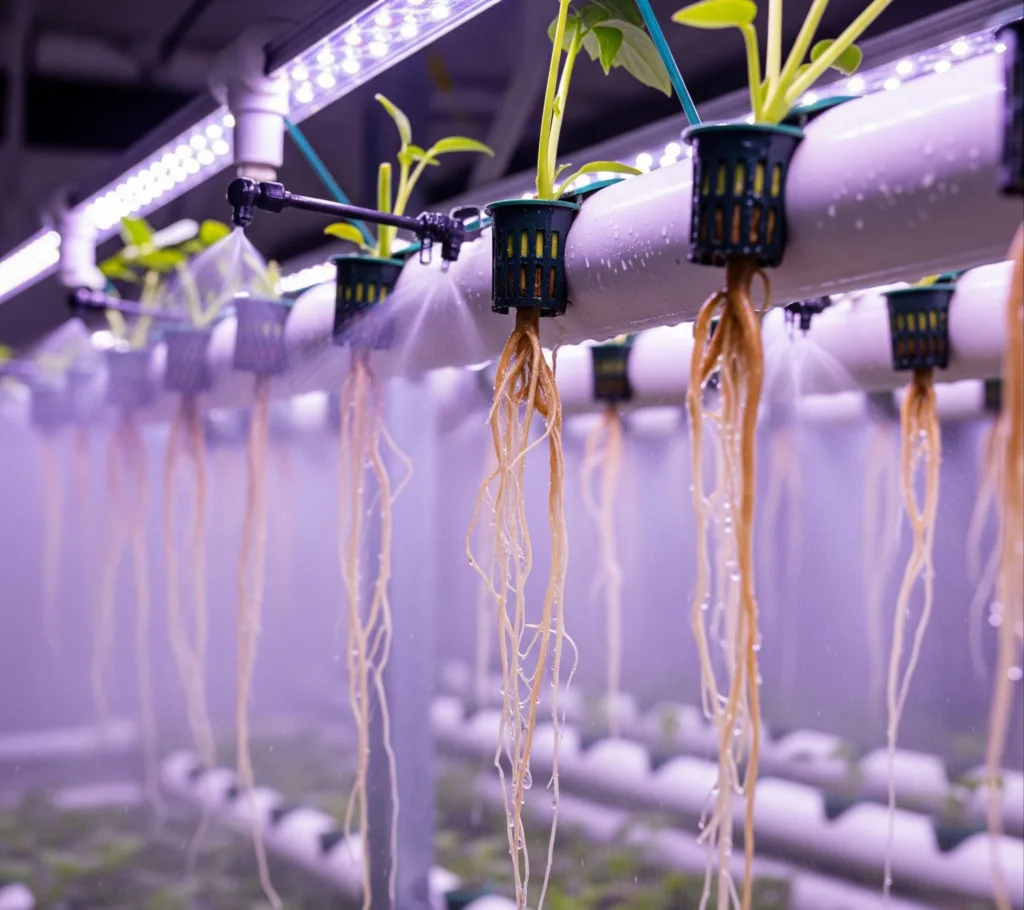
An aeroponic tower system is a vertical structure designed to house multiple plants in stacked layers. Instead of spreading crops across acres of farmland, aeroponic towers allow you to grow upward, saving space while boosting yield.
How Aeroponic Tower Systems Work
To understand why aeroponic towers are so efficient, let’s break down the process step by step.
1. Vertical Tower Design
The tower is typically a cylindrical or modular vertical column with multiple planting slots. Each slot holds a seedling or mature plant, while the roots extend into the interior of the tower.
2. Nutrient Delivery via Mist
At the base of the tower, a reservoir holds water mixed with liquid nutrients. A pump sends this solution upward, where it is sprayed or misted directly onto the exposed roots. This nutrient mist ensures plants receive everything they need without drowning the roots.
3. Oxygen-Rich Root Environment
Because the roots hang freely in air instead of soil or standing water, they receive maximum oxygen. This accelerates plant metabolism and improves nutrient uptake.
4. Recirculation of Nutrients
Excess water and nutrients drip back into the reservoir, where they are reused. This closed-loop system minimizes waste and makes aeroponic towers highly water-efficient.
5. Lighting & Climate Control
- Outdoors, towers thrive under natural sunlight.
- Indoors, LED grow lights simulate optimal day-night cycles, allowing year-round farming.
- Additional climate controls (humidity, temperature, airflow) are often used in commercial setups for consistency.
Key Benefits of Aeroponic Tower Farming Systems
1. Water Efficiency
Aeroponic towers use up to 90–98% less water than traditional soil farming. In drought-prone areas of the U.S., this makes them an attractive solution.
2. Faster Growth & Higher Yields
Studies show plants in aeroponic systems grow 30–50% faster compared to soil-grown crops. More cycles per year mean greater harvest potential.
3. Space Optimization
Since towers are vertical, they require a fraction of the land footprint. A small urban rooftop can house dozens of towers producing thousands of pounds of fresh produce annually.
4. No Soil, No Weeds, Fewer Pests
Without soil, weeds cannot grow, and soil-borne diseases are eliminated. While pests can still occur, overall plant health improves.
5. Cleaner & Fresher Produce
Aeroponic crops are cleaner since they never touch soil. Many tower-grown vegetables can be eaten directly after harvest with minimal washing.
6. Sustainable & Local Food Production
With aeroponic towers, farms can be set up in cities, schools, restaurants, and supermarkets, reducing food miles and supporting local food systems.
What Crops Grow Best in Aeroponic Towers?
Not every crop is suited for vertical aeroponic systems, but many thrive.
Leafy Greens (Most Popular)
- Lettuce (romaine, butterhead, leaf varieties)
- Spinach
- Kale
- Arugula
- Swiss chard
These are fast-growing, high-demand crops and form the backbone of most aeroponic farms.
Herbs
- Basil
- Cilantro
- Parsley
- Mint
- Thyme
- Oregano
Herbs are compact, profitable, and ideal for both home towers and commercial farms.
Fruiting Plants
- Strawberries (a trending high-value crop in U.S. aeroponic towers)
- Cherry tomatoes
- Bell peppers
- Cucumbers (mini varieties work best)
Specialty & Niche Crops
- Microgreens (fast harvest, high nutritional value)
- Edible flowers (used in gourmet dining)
- Bok choy, fennel, and specialty greens
Aeroponic Tower Farming Systems in the USA
In the United States, the adoption of aeroponic towers is growing rapidly in urban centers. Several startups and established farms are leading the way:
- AeroFarms (New Jersey): Specializes in aeroponic vertical farms producing baby leafy greens.
- Plenty (California): Uses AI-enhanced towers to maximize efficiency and yield.
- True Garden (Arizona): Operates aeroponic towers even in extreme desert heat, showcasing adaptability.
Urban supermarkets and restaurants are also installing in-store towers to provide customers with the freshest farm-to-table greens. This trend aligns with consumer demand for pesticide-free, locally grown produce.
Setting Up Your Own Aeroponic Tower System
If you’re interested in starting with aeroponic farming, here’s what you need to consider:
Home Setup
- Pre-built aeroponic tower kits are available for small-scale growing.
- They can fit on balconies, patios, or indoors with grow lights.
- Perfect for families wanting fresh greens without soil gardening.
Commercial Setup
- Larger systems require investment in towers, pumps, climate control, and LED lighting.
- Space can be a rooftop, warehouse, or greenhouse.
- Crop selection should align with local demand (e.g., lettuce, herbs, strawberries).
- Business models range from direct-to-consumer sales, supplying restaurants, or partnering with supermarkets.
Common Challenges in Aeroponic Tower Farming
While powerful, aeroponic towers do have challenges:
- Power Dependency – Pumps and misters need electricity; power outages can damage crops.
- Initial Costs – Towers and equipment require upfront investment.
- Technical Knowledge – Farmers must monitor pH, nutrient balance, and climate closely.
- Limited Crop Variety – Root vegetables like carrots or potatoes are not suitable for towers.
The Future of Aeroponic Tower Farming
Aeroponic farming is set to play a major role in the future of agriculture, especially in the USA. As climate change stresses traditional farming and urban populations demand fresher food, aeroponic towers offer a scalable, sustainable, and profitable solution.
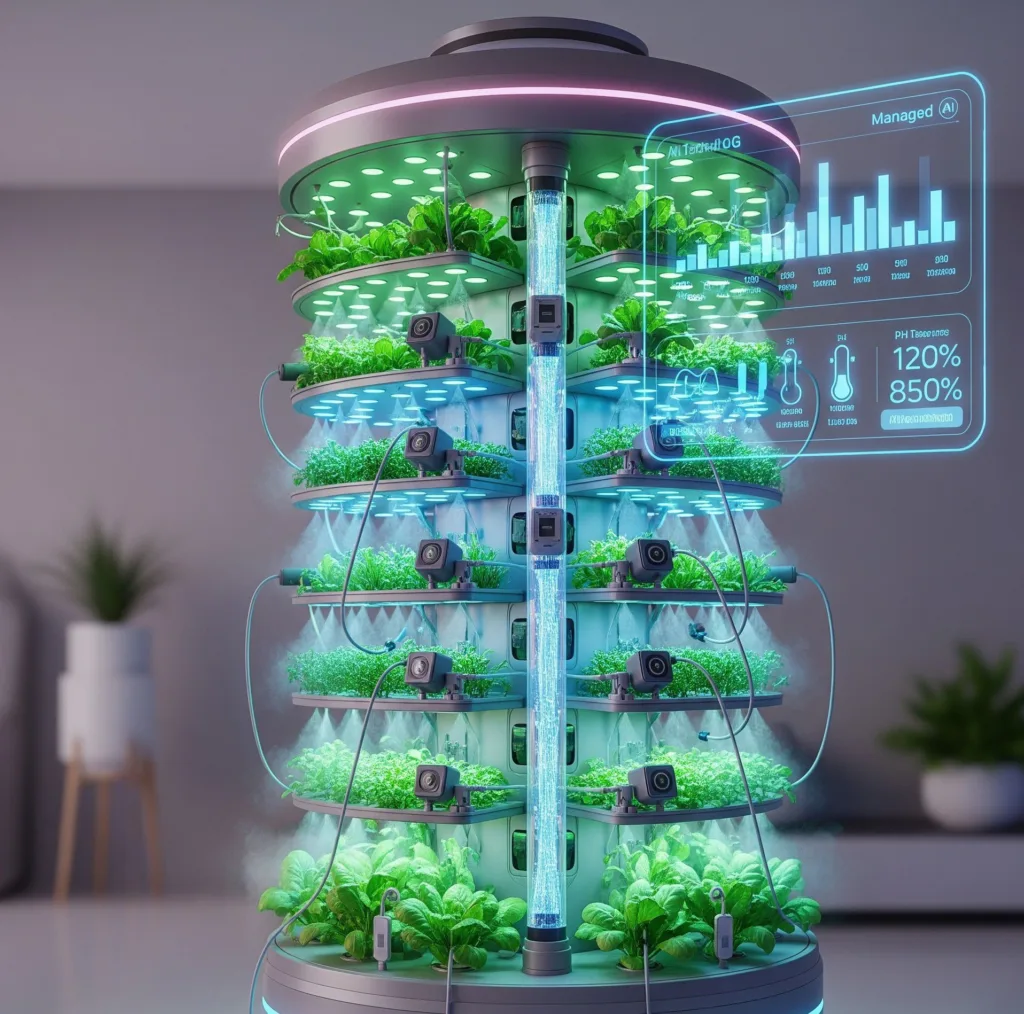
Emerging trends include:
- Smart farming with AI and IoT sensors for precision nutrient delivery.
- Integration into supermarkets and restaurants for ultra-local food supply.
- Renewable energy-powered towers to improve sustainability further.
- Expansion into schools and communities as educational food systems.
Conclusion
Aeroponic tower farming systems are more than just a trend, they represent a fundamental shift in how we grow food. By combining vertical design, nutrient misting, and sustainable practices, these systems allow growers to produce more food in less space with fewer resources.
From leafy greens to strawberries, from home towers to commercial urban farms, aeroponic towers are shaping the future of agriculture. Whether you’re looking to grow fresh produce for your family, start a side business, or scale a commercial farm, this innovative farming method offers exciting opportunities.
If you’re ready to explore sustainable farming, urban food solutions, and profitable agriculture, aeroponic tower farming systems might be the perfect place to start.
